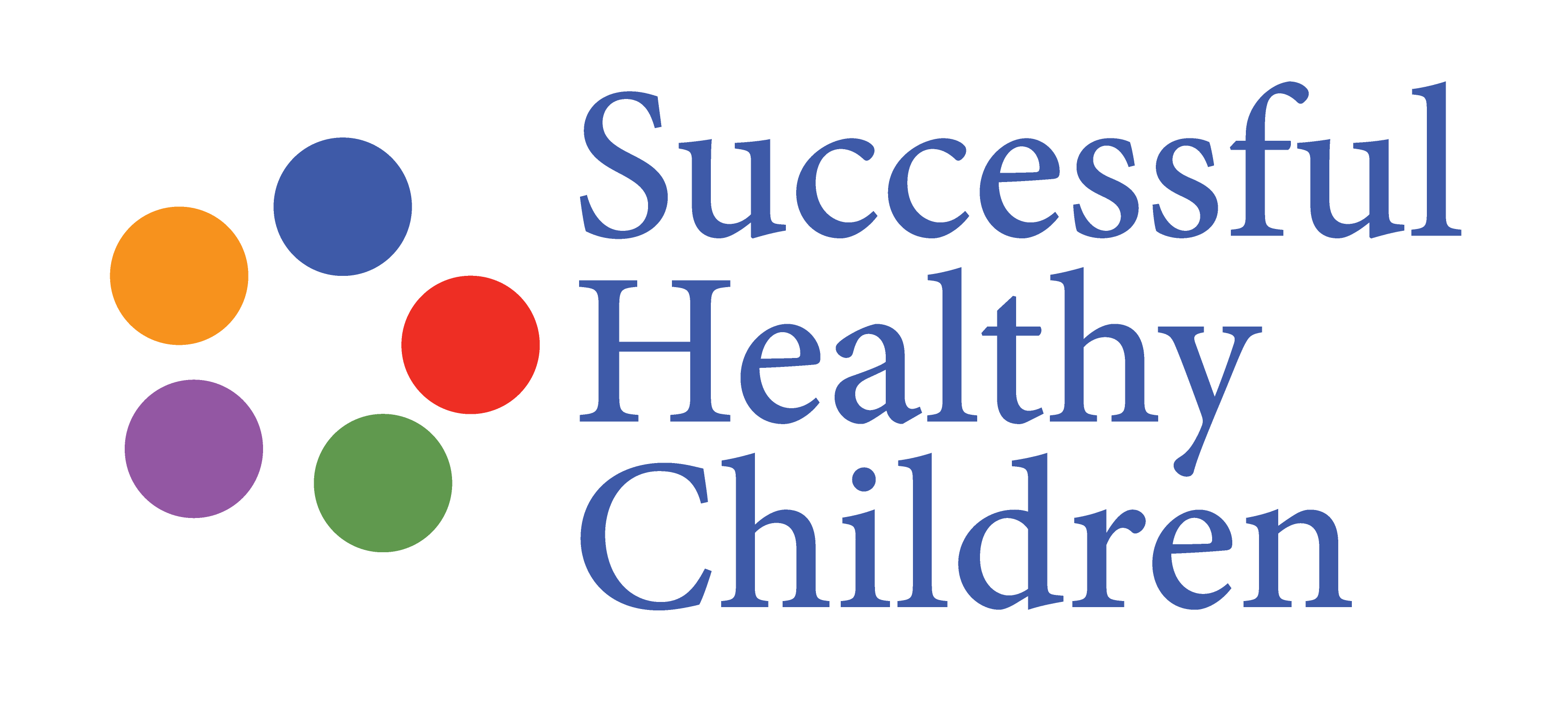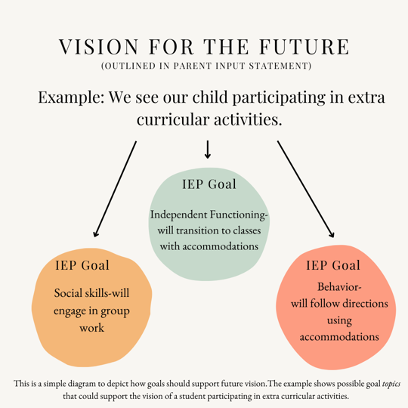
After our work published in 2010, Dr. Murray shared our findings with the American Academy of Pediatrics. He proposed that our work be the foundation for the AAP to create a policy statement on recess. Dr. Murray navigated the procedures and many Councils in the AAP as we continued to search the literature for updates. On 12/31/12, the AAP Policy Statement on Recess was released supporting recess for every child—no child should have recess withheld for any reason.
Since then, I have had the privilege to conduct research with teachers and students in partnership with Dr. Dale B. Fink of Massachusetts College of Liberal Arts. I have interviewed teachers and administrators, observed recesses and transitions; I have participated in teacher PD with The LiiNK Project, under the direction of Dr. Debbie Rhea at TCU—she was instrumental in bringing Dr. Pasi Sahlberg to teach future and current educators in Texas. Dr. Debbie grounded The LiiNK Project in the Finnish model and, having observed LiiNK schools in person, I attest to the success of this model; the research bears out this success in the impact on student achievement and teacher satisfaction on every indicator measured. There have been marked successes in recess…BUT, there are so many other schools—so many other children—who are not experiencing healthy, safe, inclusive and meaningful recesses!
The need for continued advocacy around recess is even more pressing today. We need advocacy for policy AND practice. Sure, there are policy initiatives, in state legislatures and across some districts, and a burgeoning awareness from educators about the value of recess, especially in the area of social emotional learning, but at the school—or classroom level—policy and awareness are not translating into practice (and/or policy is put into place without considering how to prepare teachers and the school systems to adapt practices). My next phase of work is to conduct action research with individual schools in Ohio to explore this: What is getting in the way of play at recess; i.e., what are the challenges for teachers and administrators, and what is needed to overcome these? How can a school adapt to provide recess that is safe, organized and inclusive for every child, a recess that is supportive of the child’s overall learning, where they are able to engage and create connections with each other, to play? If you or your school are interested in participating in this type of research, contact me directly. We can get started this summer to ensure every child at your school has joyful recess every day.



